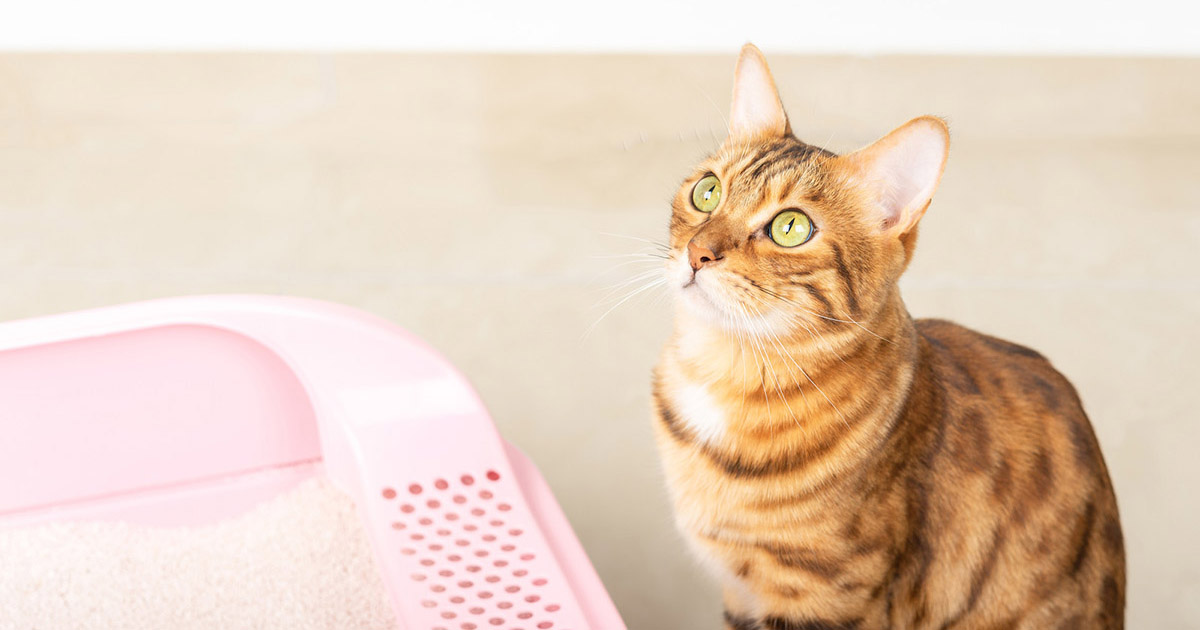Reasons Flushing Cat Poop Down Your Toilet Is Harmful - Tips for Correct Disposal
Reasons Flushing Cat Poop Down Your Toilet Is Harmful - Tips for Correct Disposal
Blog Article
The article in the next paragraphs about Don’t flush cat feces down the toilet is immensely stimulating. Give it a try and make your own personal findings.

Intro
As cat proprietors, it's essential to bear in mind how we throw away our feline friends' waste. While it might appear convenient to flush cat poop down the bathroom, this technique can have destructive effects for both the setting and human wellness.
Ecological Impact
Flushing cat poop presents unsafe pathogens and parasites right into the supply of water, posturing a significant danger to water communities. These contaminants can adversely affect marine life and compromise water high quality.
Health and wellness Risks
Along with ecological issues, flushing pet cat waste can also position wellness dangers to humans. Feline feces may consist of Toxoplasma gondii, a parasite that can create toxoplasmosis-- a possibly severe health problem, particularly for expecting ladies and individuals with weakened immune systems.
Alternatives to Flushing
Thankfully, there are much safer and much more accountable ways to deal with pet cat poop. Take into consideration the complying with choices:
1. Scoop and Dispose in Trash
The most typical technique of dealing with pet cat poop is to scoop it into a biodegradable bag and throw it in the garbage. Be sure to use a committed trash scoop and throw away the waste immediately.
2. Use Biodegradable Litter
Opt for naturally degradable feline litter made from products such as corn or wheat. These litters are eco-friendly and can be securely gotten rid of in the trash.
3. Bury in the Yard
If you have a backyard, consider burying cat waste in an assigned area away from veggie gardens and water resources. Be sure to dig deep sufficient to avoid contamination of groundwater.
4. Set Up a Pet Waste Disposal System
Invest in a family pet waste disposal system especially designed for feline waste. These systems make use of enzymes to break down the waste, decreasing odor and environmental influence.
Final thought
Accountable pet possession extends beyond supplying food and sanctuary-- it also involves proper waste management. By refraining from flushing cat poop down the toilet and choosing different disposal methods, we can lessen our ecological impact and safeguard human health.
Why Can’t I Flush Cat Poop?
It Spreads a Parasite
Cats are frequently infected with a parasite called toxoplasma gondii. The parasite causes an infection called toxoplasmosis. It is usually harmless to cats. The parasite only uses cat poop as a host for its eggs. Otherwise, the cat’s immune system usually keeps the infection at low enough levels to maintain its own health. But it does not stop the develop of eggs. These eggs are tiny and surprisingly tough. They may survive for a year before they begin to grow. But that’s the problem.
Our wastewater system is not designed to deal with toxoplasmosis eggs. Instead, most eggs will flush from your toilet into sewers and wastewater management plants. After the sewage is treated for many other harmful things in it, it is typically released into local rivers, lakes, or oceans. Here, the toxoplasmosis eggs can find new hosts, including starfish, crabs, otters, and many other wildlife. For many, this is a significant risk to their health. Toxoplasmosis can also end up infecting water sources that are important for agriculture, which means our deer, pigs, and sheep can get infected too.
Is There Risk to Humans?
There can be a risk to human life from flushing cat poop down the toilet. If you do so, the parasites from your cat’s poop can end up in shellfish, game animals, or livestock. If this meat is then served raw or undercooked, the people who eat it can get sick.
In fact, according to the CDC, 40 million people in the United States are infected with toxoplasma gondii. They get it from exposure to infected seafood, or from some kind of cat poop contamination, like drinking from a stream that is contaminated or touching anything that has come into contact with cat poop. That includes just cleaning a cat litter box.
Most people who get infected with these parasites will not develop any symptoms. However, for pregnant women or for those with compromised immune systems, the parasite can cause severe health problems.
How to Handle Cat Poop
The best way to handle cat poop is actually to clean the box more often. The eggs that the parasite sheds will not become active until one to five days after the cat poops. That means that if you clean daily, you’re much less likely to come into direct contact with infectious eggs.
That said, always dispose of cat poop in the garbage and not down the toilet. Wash your hands before and after you clean the litter box, and bring the bag of poop right outside to your garbage bins.
https://trenchlesssolutionsusa.com/why-cant-i-flush-cat-poop/

We hope you enjoyed reading our post on How to Dispose of Cat Poop and Litter Without Plastic Bags. Thanks a lot for finding the time to browse our short article. Sharing is caring. You won't know, you may just be helping someone out. Thanks a lot for your time. Visit again soon.
Request Free Estimate Report this page